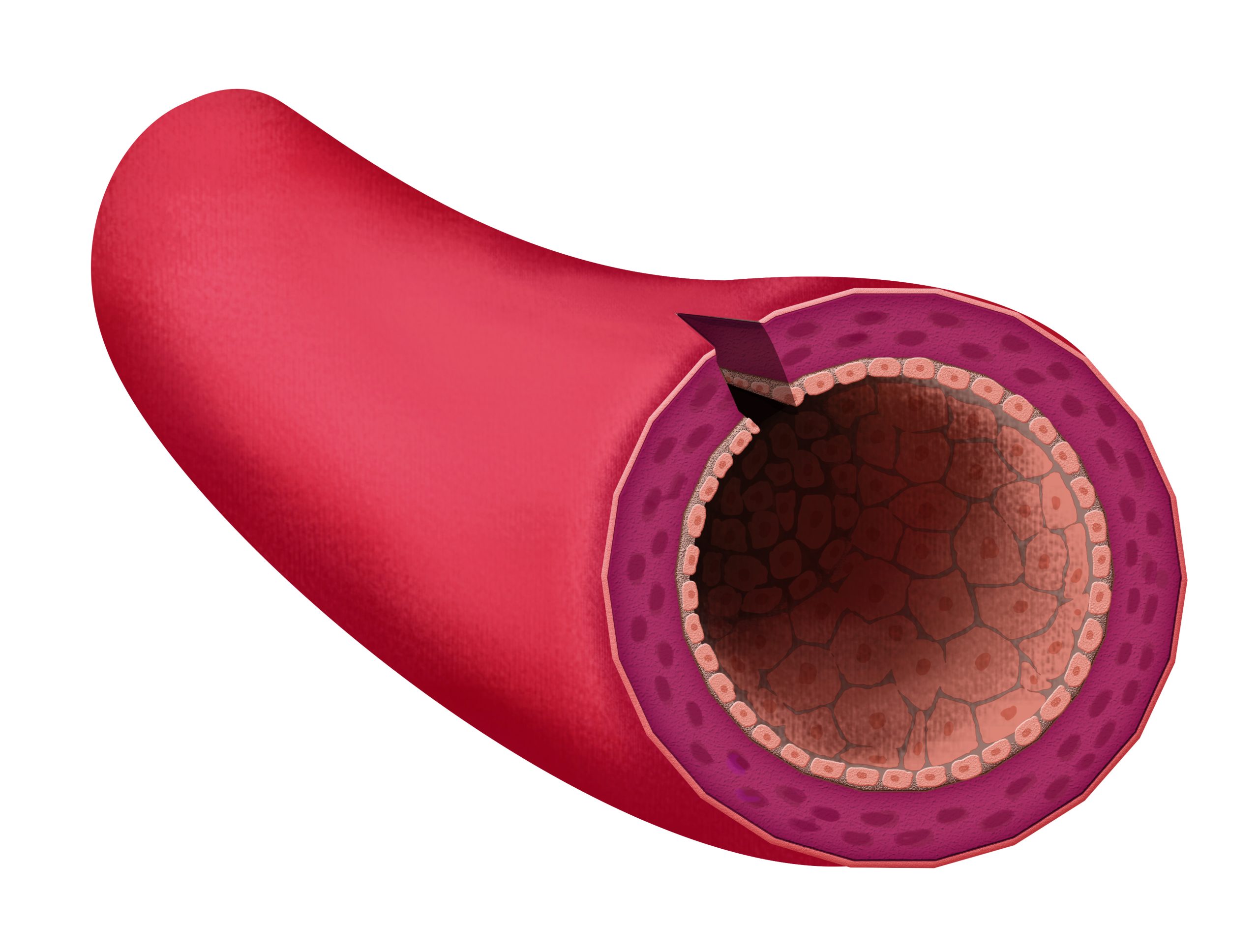
LDL carries Lp-PLA2 to the coronary artery walls where it activates an inflammatory response. This makes plaque, if present, more prone to rupture. Because this enzyme is associated with causing inflammation of coronary artery walls, high levels of Lp-PLA2 would therefore seem to indicate an increased risk of heart attack or stroke.
As a result, the PLAC Test, which is measuring levels of Lp-PLA2, serves as a specific independent coronary marker.


